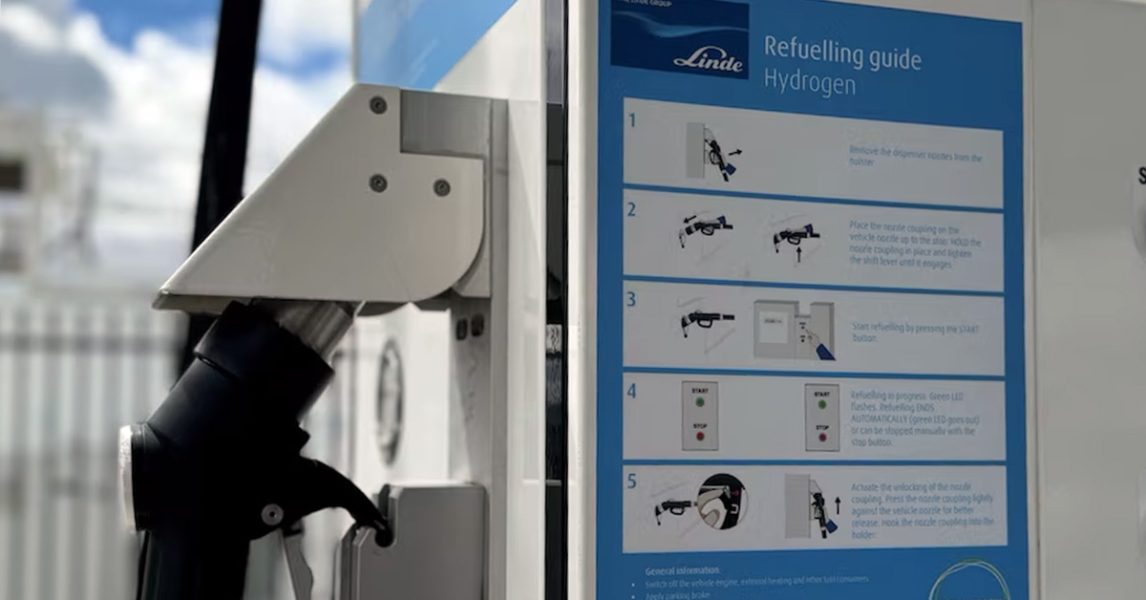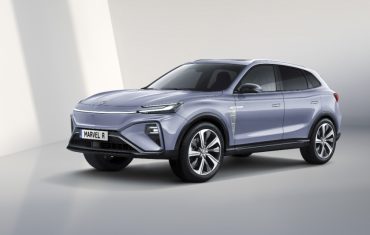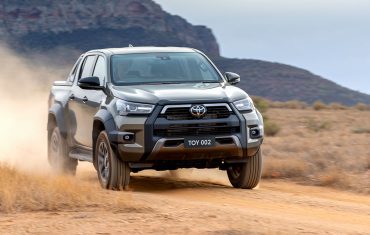
Hydrogen vehicles – why bother?
For your fleetIn 2023, just six hydrogen fuel cell electric vehicles (FCEVs) were sold in Australia. By comparison, data from the Electric Vehicle Council of Australia shows that 98,436 battery electric vehicles (BEVs) were purchased over the same time period.
Even taking into account that FCEVs are available by special order only, and not for everyday sale or use, it’s evidence that hydrogen vehicles are way behind the growth of their BEV counterparts.
So, why is this happening? What are the facts influencing consumer behaviour that could translate to your business vehicle decisions? Let’s take a look at how hydrogen stacks up against battery electric.

Driving range
Most electric vehicles average between 400 to 500 kilometres on a fully charged battery. On the other hand, hydrogen-fuelled vehicles can achieve between 600 to 680 kilometres between refills. You’d think this would give hydrogen vehicles the edge over their electric counterparts, but there’s an issue when it comes to hydrogen refuelling stations (more on that in a moment).
The driving range advantages of hydrogen is one of the main reasons why there’s a lot more hydrogen-fuel research and development work going on in the heavy vehicle (trucks), agriculture (tractors) and logistics (forklifts and reach-stackers) space as a replacement for diesel fuel, as opposed to electric vehicles.
Refuelling vs recharging
As is so often the case in the nascent days of alternative energy vehicles, there are pros and cons for both types of energy sources in terms of refuelling.
With regard to time, FCEVs have it all over BEVs when replenishing spent energy. Similar to petrol, LPG and diesel FCEVs (tank size notwithstanding, of course) just need the nozzle connected, the trigger pulled and then the time required for the auto-fill cut-off to kick in. While a rapid charger significantly reduces the time it takes to recharge an EV, using your standard household electricity supply is usually an overnight job.
As Grant Burton from YPG Security – whose business leases Toyota Mirias after trialling BEVs for his business – told the ABC in January 2024, the extended time it took for recharging a battery was a major drawback for their line of work.
“If [a company car] is plugged in at 10 percent battery, we can’t leave the area at a moment’s notice, let alone respond to alarm responses, lock-up requests, those sorts of things,” he admitted.
On the other hand, there are some major drawbacks for hydrogen in accessing refuelling options. Though it’s much faster, as of November 2023, there were only 12 hydrogen refuelling stations in use or under construction in Australia, and four in Aotearoa New Zealand. The proliferation of hydrogen refuelling stations is hampered by a crippling chicken-or-the-egg scenario: the demand for FCEVs remains low because there’s a distinct lack of refuelling options, but there’s also a lack of investment in hydrogen refuelling stations because the demand for FCEVs simply isn’t there.

Battery vs hydrogen
With zero carbon emissions, both electric and hydrogen vehicles are better for the environment than traditional combustion engines. But, when considering the environmental impacts of the two alternate fuel sources, there are a few important differences.
According to the International Energy Agency (IEA), when charged using renewable energy, the lifecycle CO2 emissions of BEVs are way lower than FCEVs. The environmental impacts of BEVs versus FCEVs are even more pronounced when the hydrogen is produced from pollutant sources like natural gas.
But the environmental impact benefits are not all cut-and-dried in favour of BEVs.
Although lithium-ion battery makers are successfully incorporating more efficient circular design principles into their manufacturing, the lack of recycling options for used EV batteries is a cause for concern. Modelling prepared by the University of Technology Sydney suggests that on current trends – and unless more investment is directed to recycling and repurposing used EV batteries – almost 1.5 million tonnes of used lithium-ion EV batteries will end up as landfill by 2050 with potentially devastating consequences for environmental safety. Given this, FCEVs may potentially have better long-term environmental benefits.

The cost factors
Purchase prices of Hydrogen vehicles might be a little lower than battery electric equivalents. While the Toyota Mirai is currently only available in limited numbers for business fleet to lease, estimated pricing starts around AUD$51,000, compared to AUD$61,900 for the entry-level Tesla Model 3, and AUD$59,5101 for the base model Polestar 2.
Where EVs have the edge over hydrogen vehicles is running costs. Grattan Institute energy economist Alison Reeve notes the average cost of hydrogen gas is between AUD$7/kg and AUD$16/kg making it “roughly the same cost per 100km of driving a petrol car”.
To make hydrogen competitive against the running costs of a BEV, Reeve told the ABC that the cost per kilogram would need to fall to a low as A$2/kg and “to get hydrogen at $2/kg, you need to be able to make electricity to make the hydrogen really, really, really cheap.”
In the heavy vehicle space though, hydrogen is carving its own niche. It provides a very similar output to diesel engines, and is capable of an identical driving range, which means switching to hydrogen is an attractive proposition for organisations running heavy vehicle fleets and committed to reducing their carbon footprint.
A number of trials are currently underway in the trucking industry (see Hydrogen Truck Developments), including a Nikola truck achieving a 519-kilometre Edmonton to Calgary round trip and, in late April 2024, a partnership between INEOS and Daimler Truck AG to trial a hydrogen-powered Mercedes-Benz GenH2 prime mover was signed off.
Hydrogen? When?
The numbers clearly show that BEVs are leading the way when it comes to reducing vehicle emissions. For country, suburban and city dwellers with a daily commute or school run (often both) brands – Tesla, Polestar, BYD and legacy manufacturers like Toyota, Hyundai, BMW and Honda – are rolling out cost-effective passenger vehicles to reduce our reliance on fossil fuels and reduce carbon emissions.
So, why bother with FCEVs?
While they won’t be sprouting up in suburban driveways anytime soon, hydrogen-fuelled vehicles are demonstrating their effectiveness in reducing CO2 emissions in heavy haulage, agriculture, security and logistics – that’s the space to keep your eye on. Just as a combination of wind, solar and nuclear each have a role to play in the shift away from coal for a cleaner, greener future, so too does a mix of BEVs and FCEVs in the fleet vehicle mix of the future.
Start a conversation with SG Fleet about your lower-emission mobility future today.
 Driving Insights
Driving Insights




